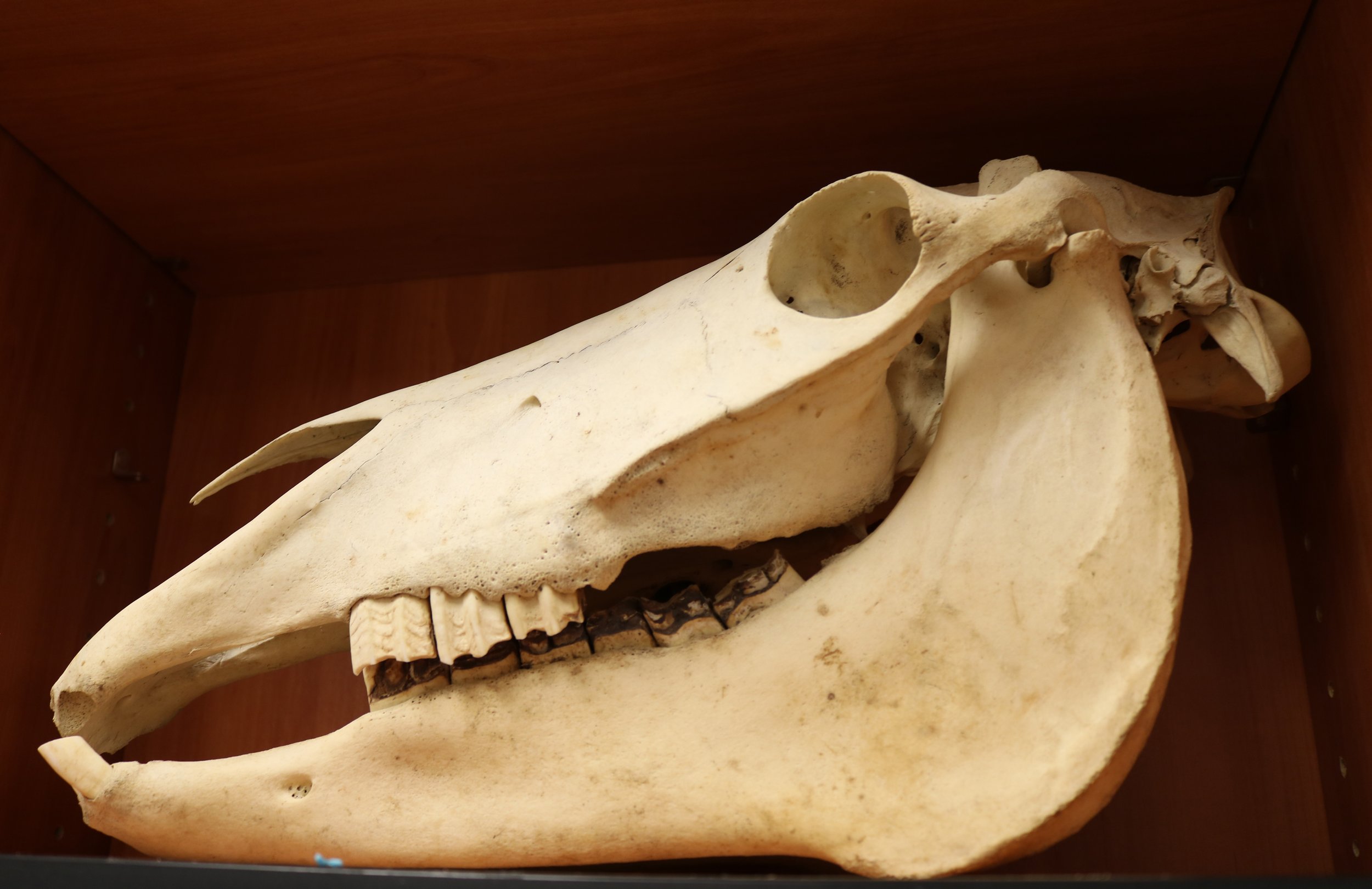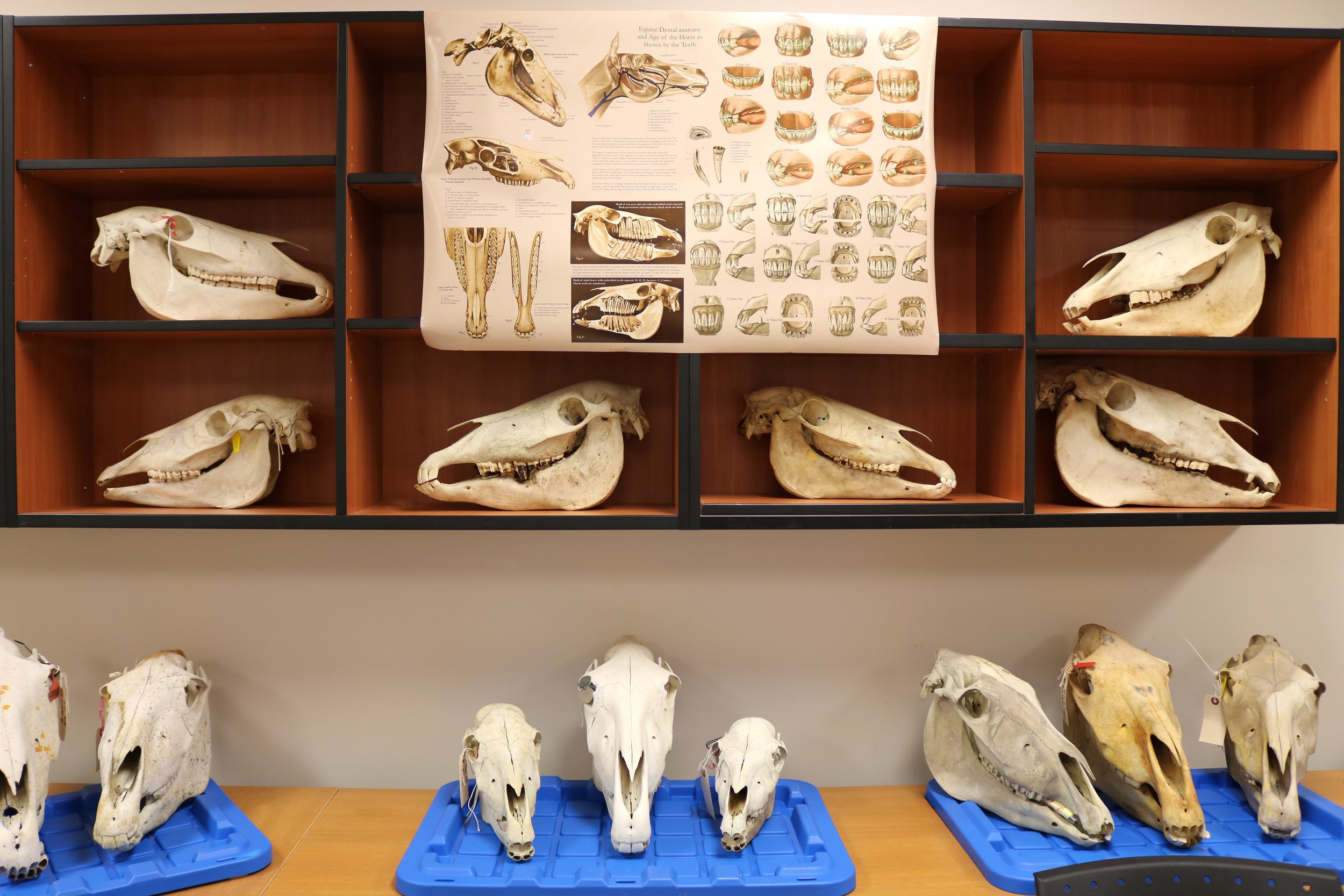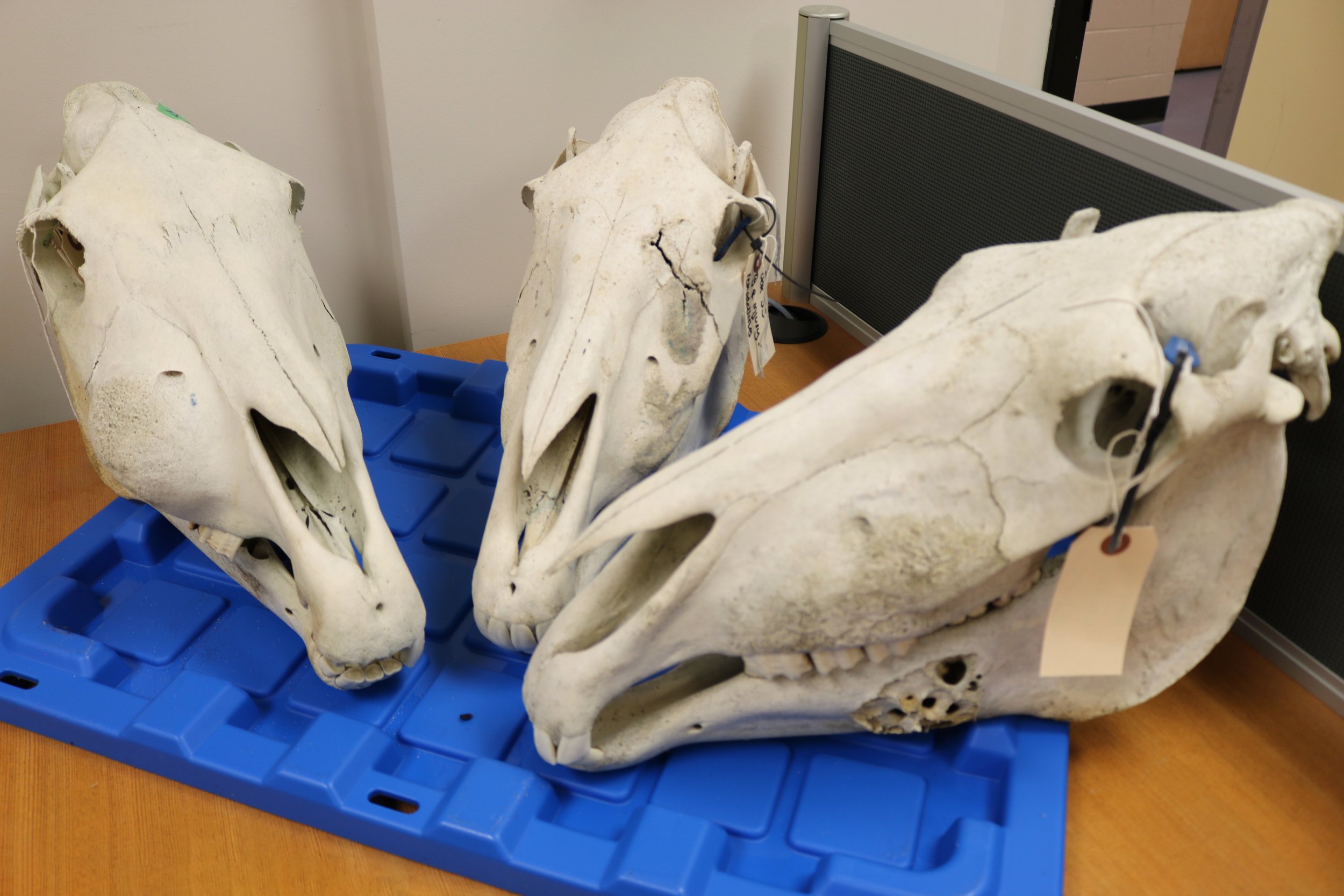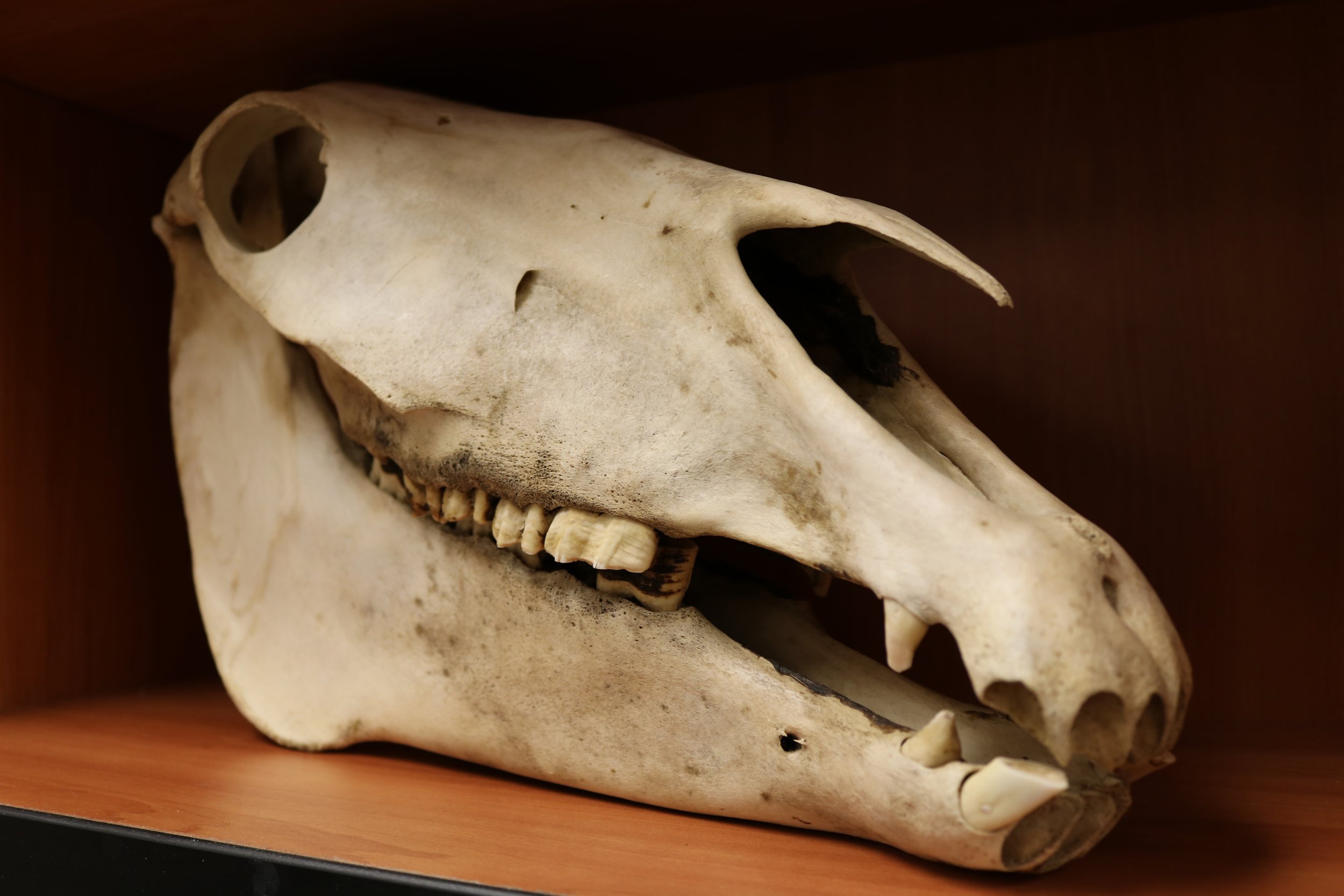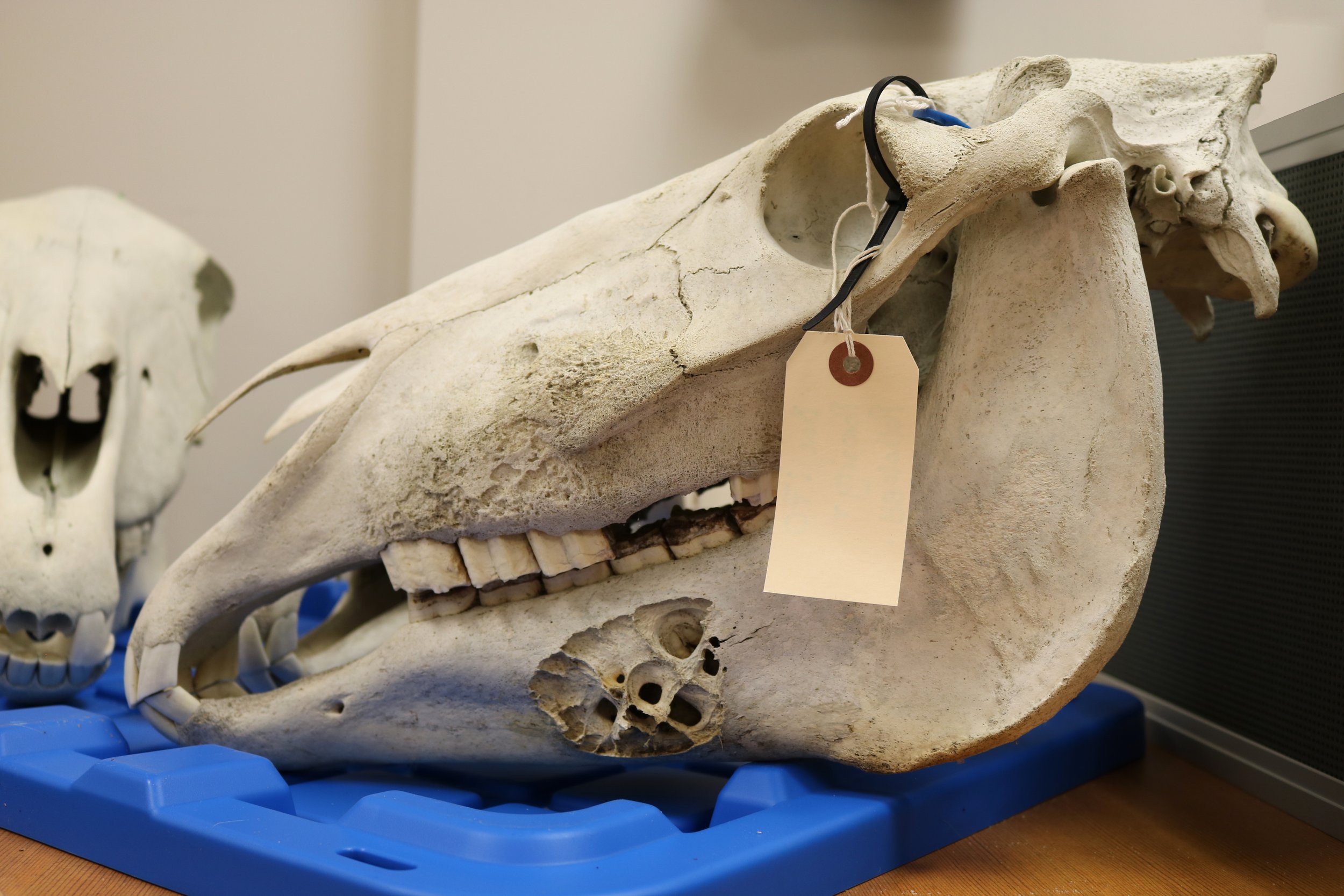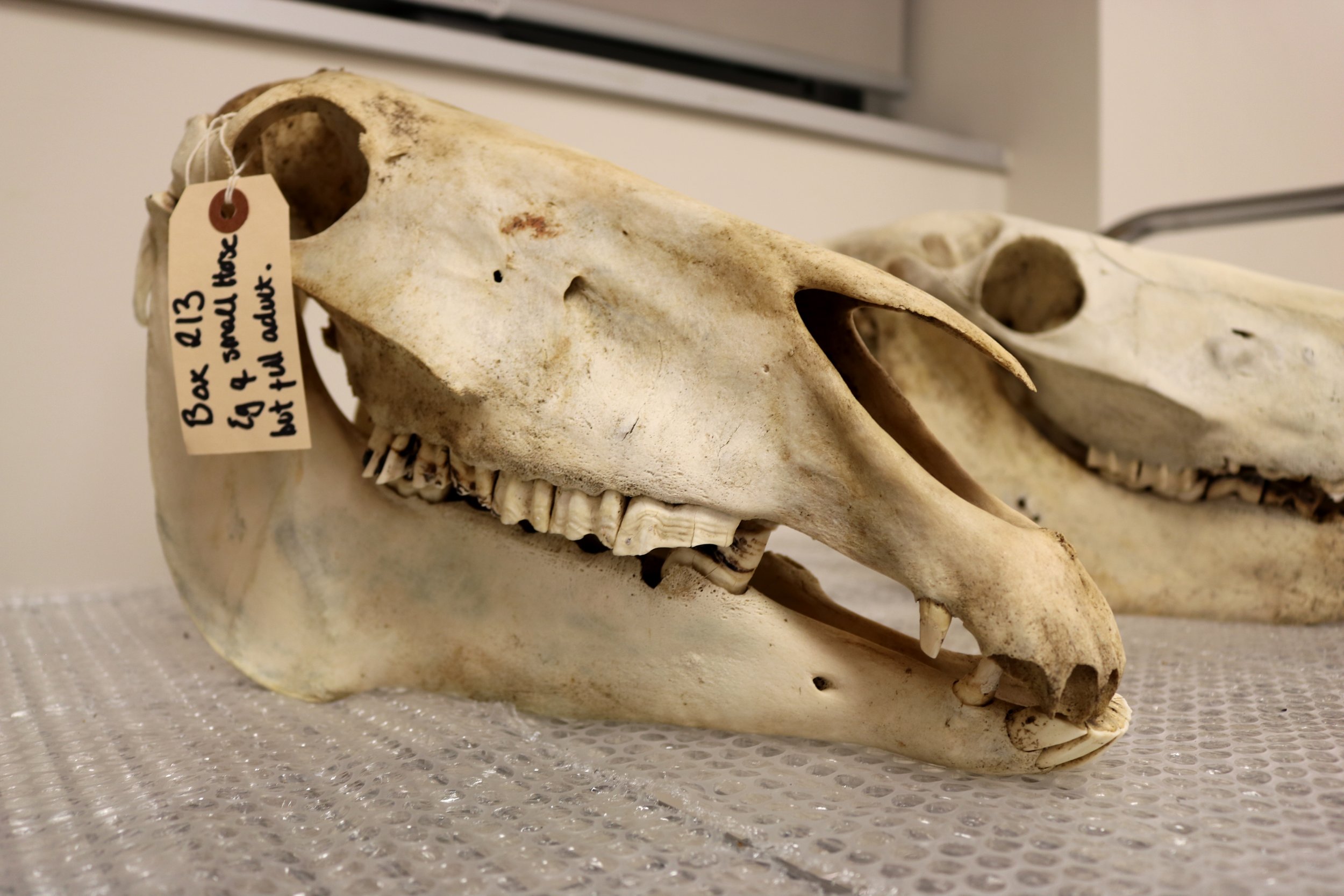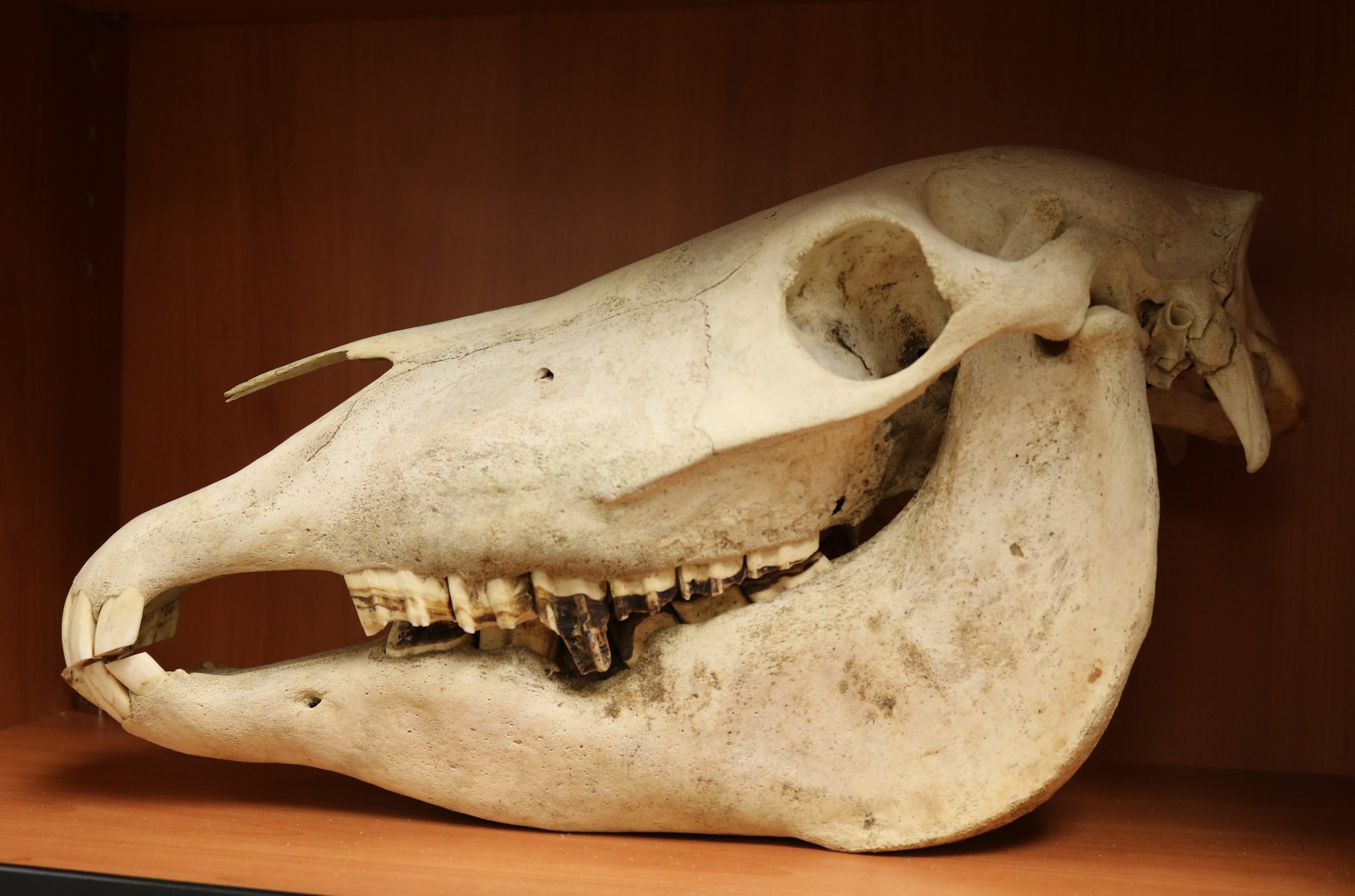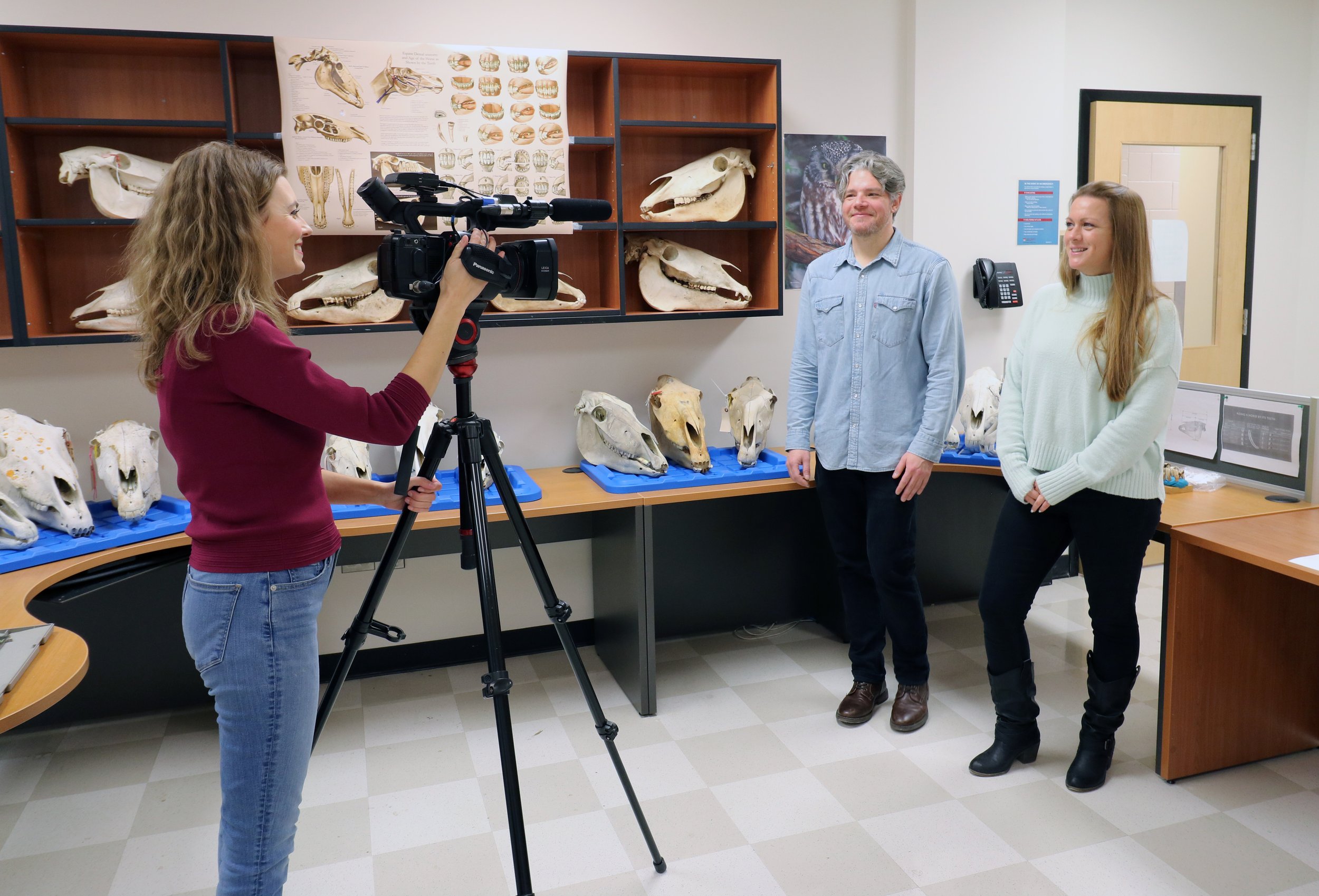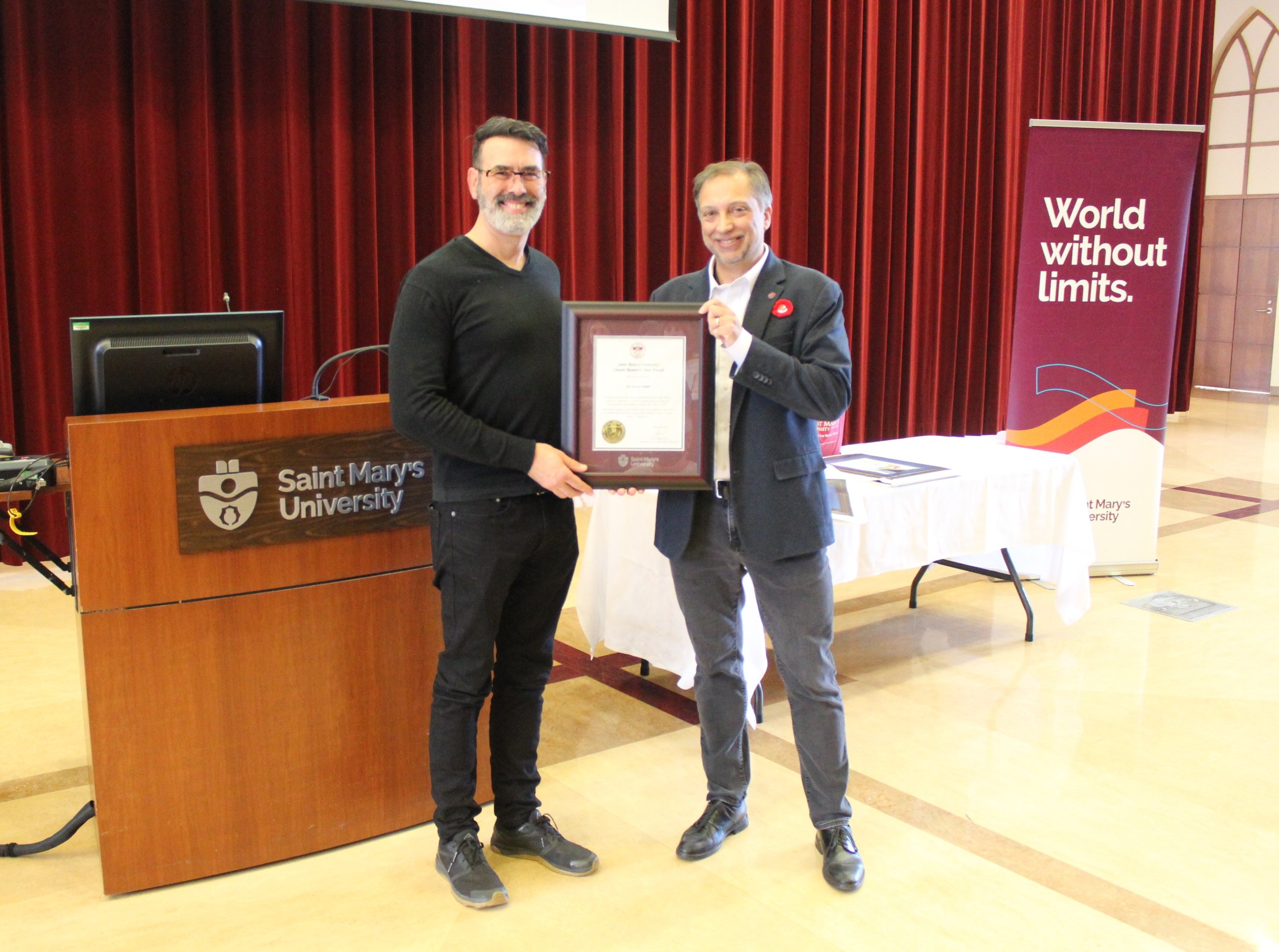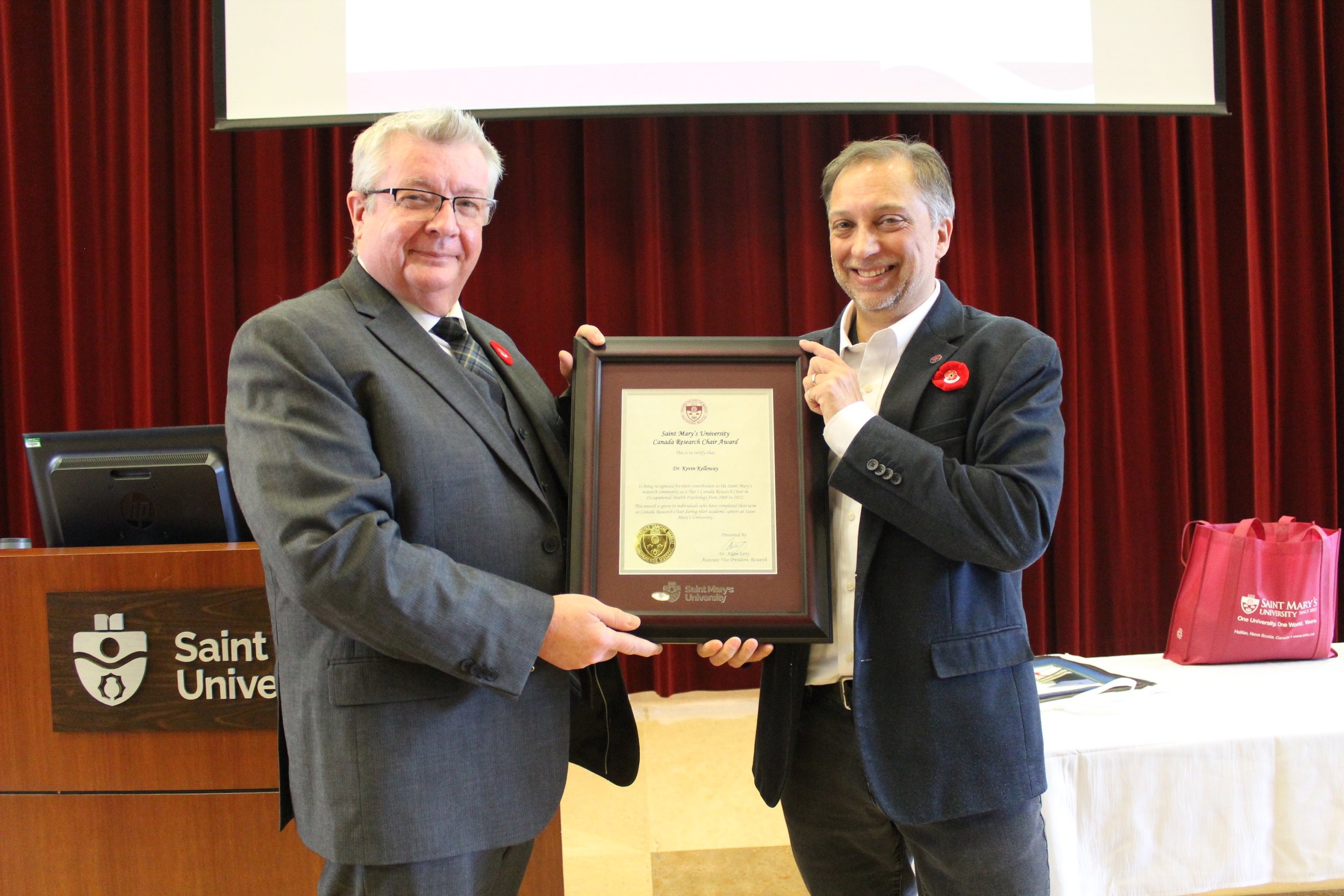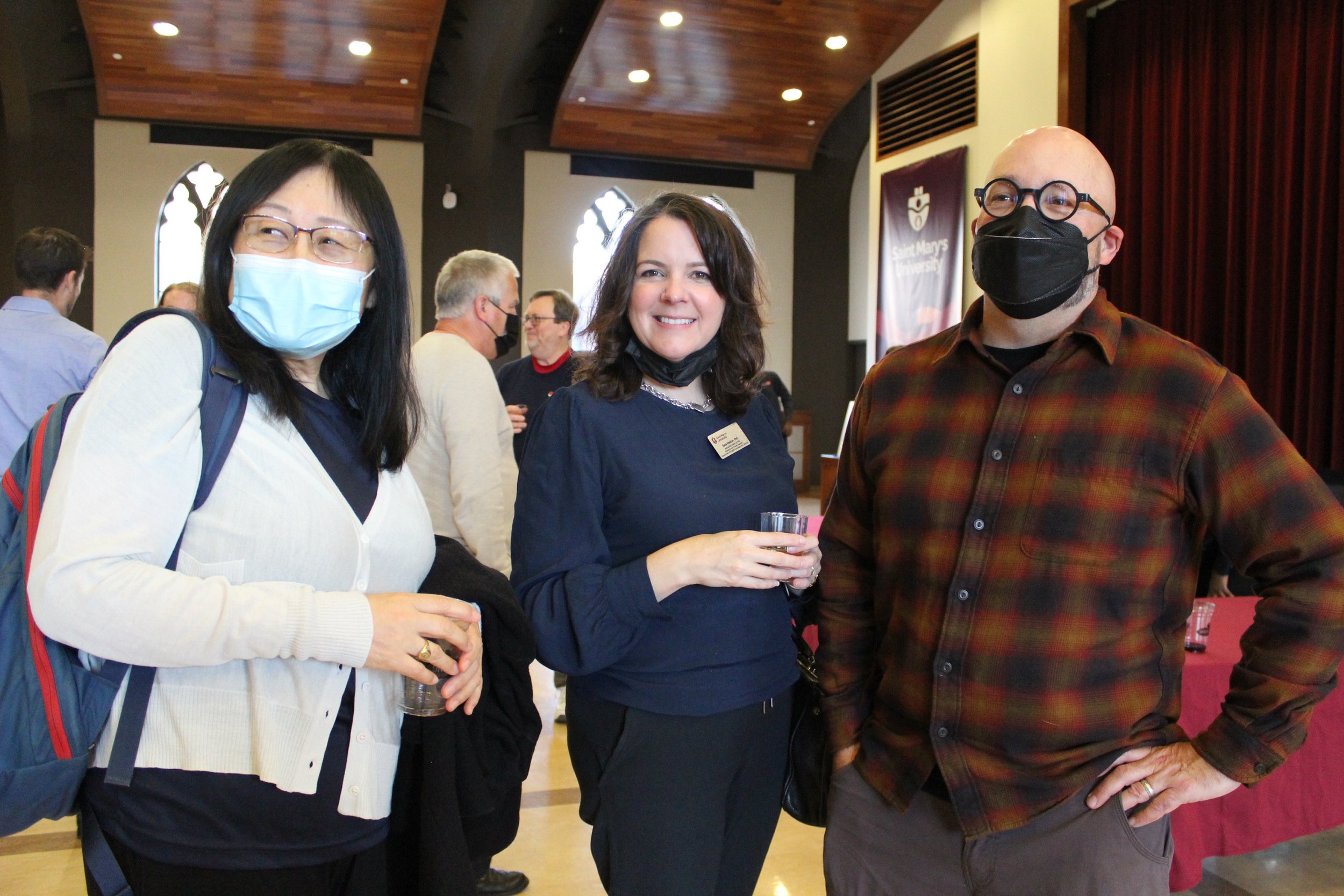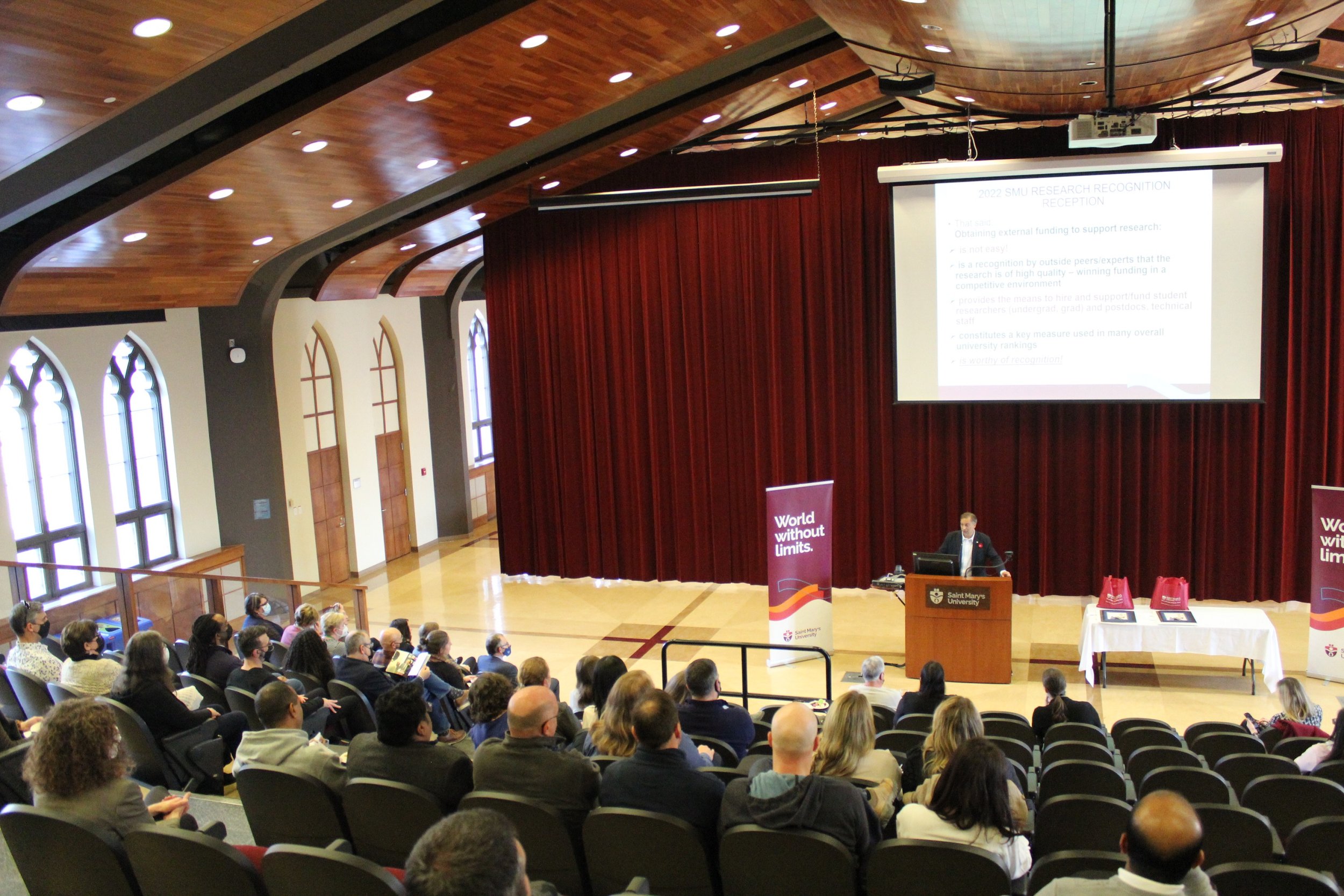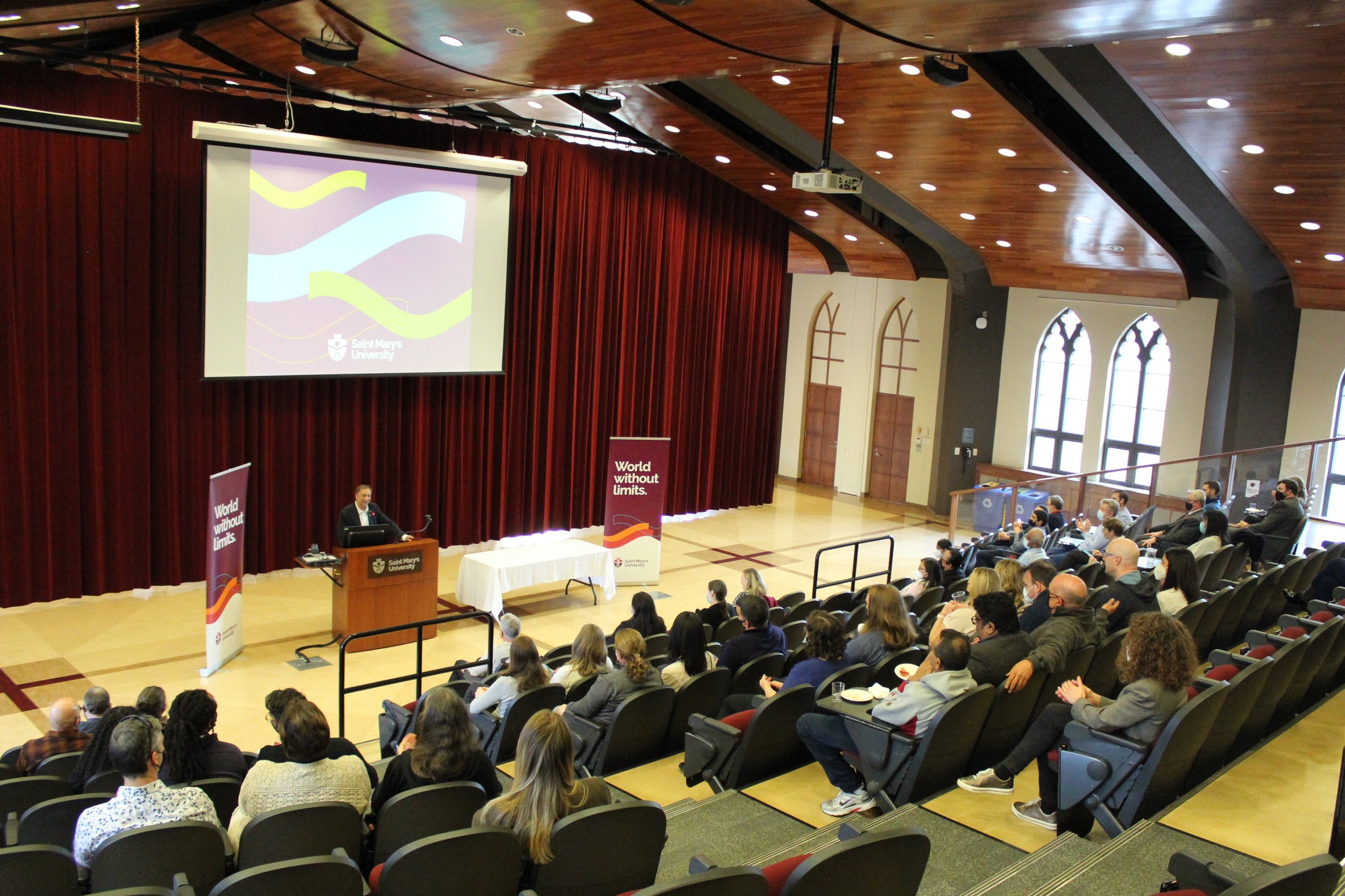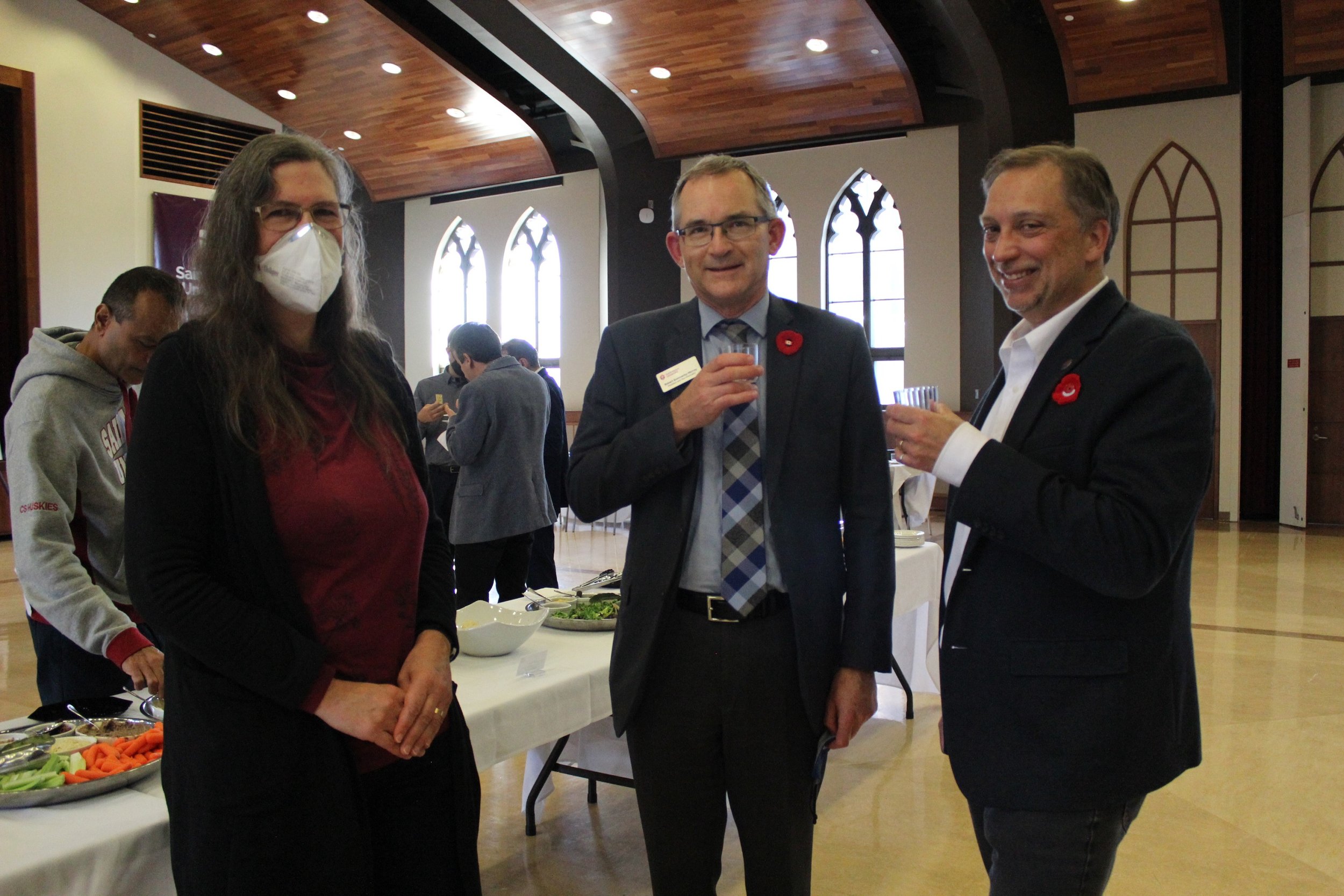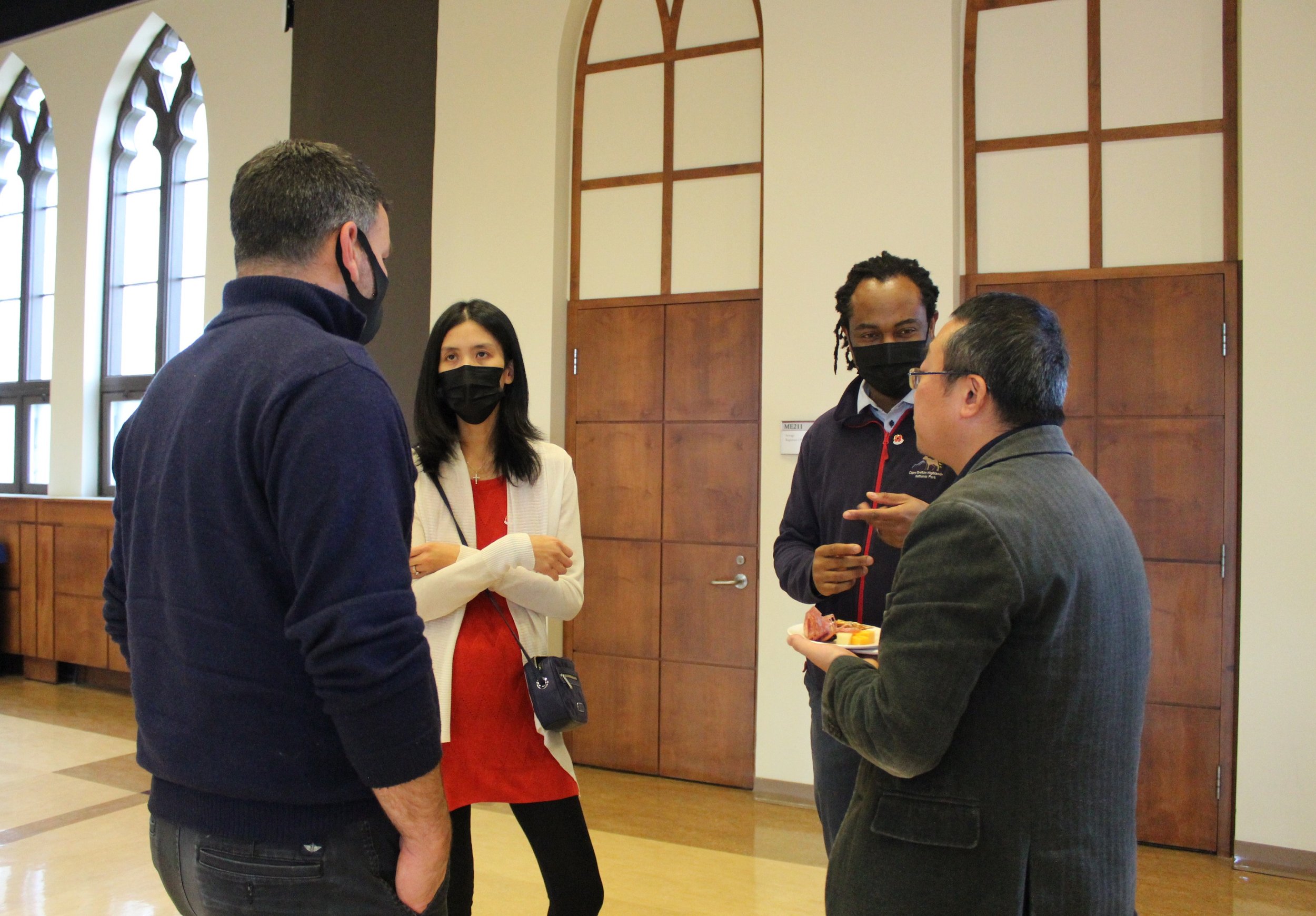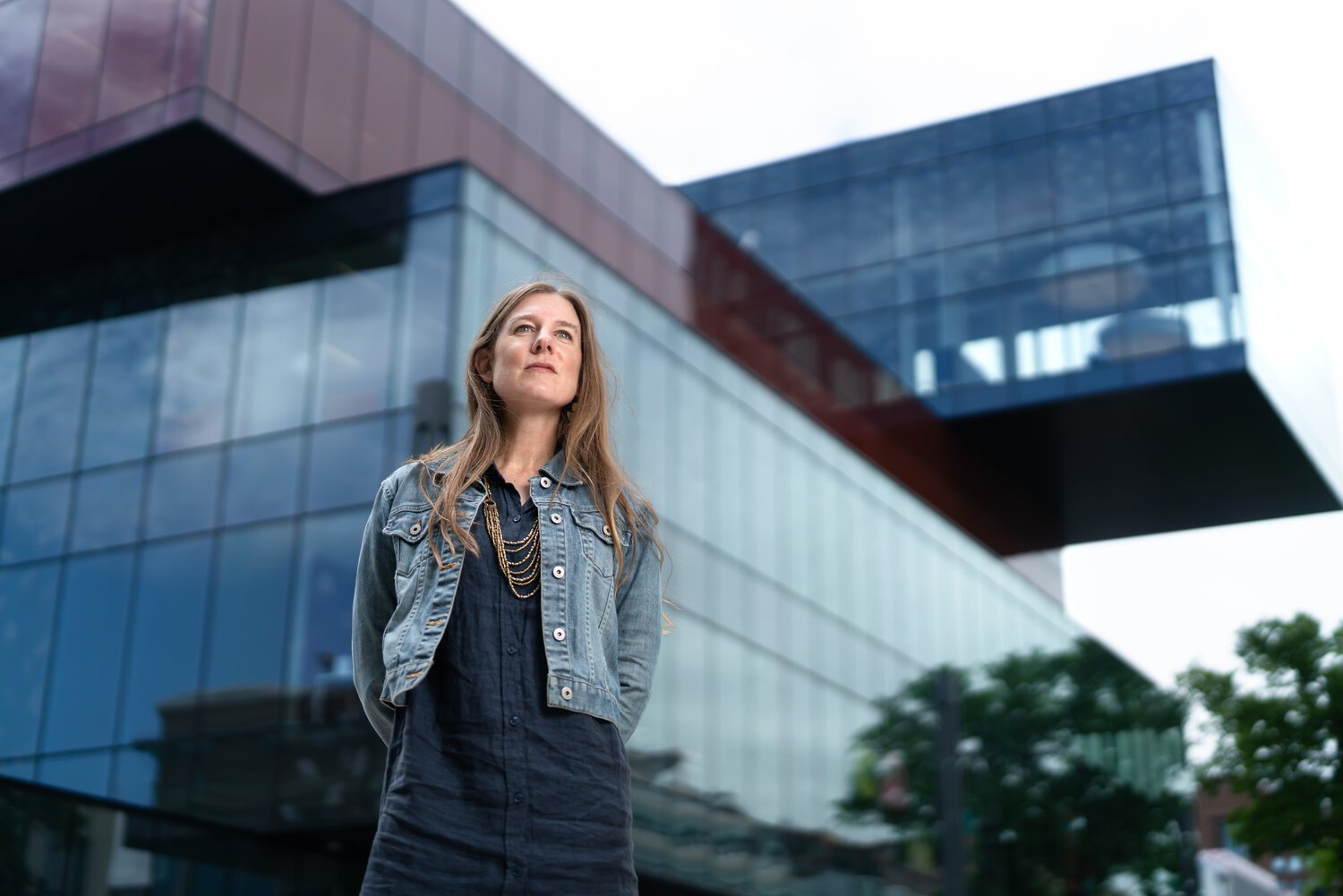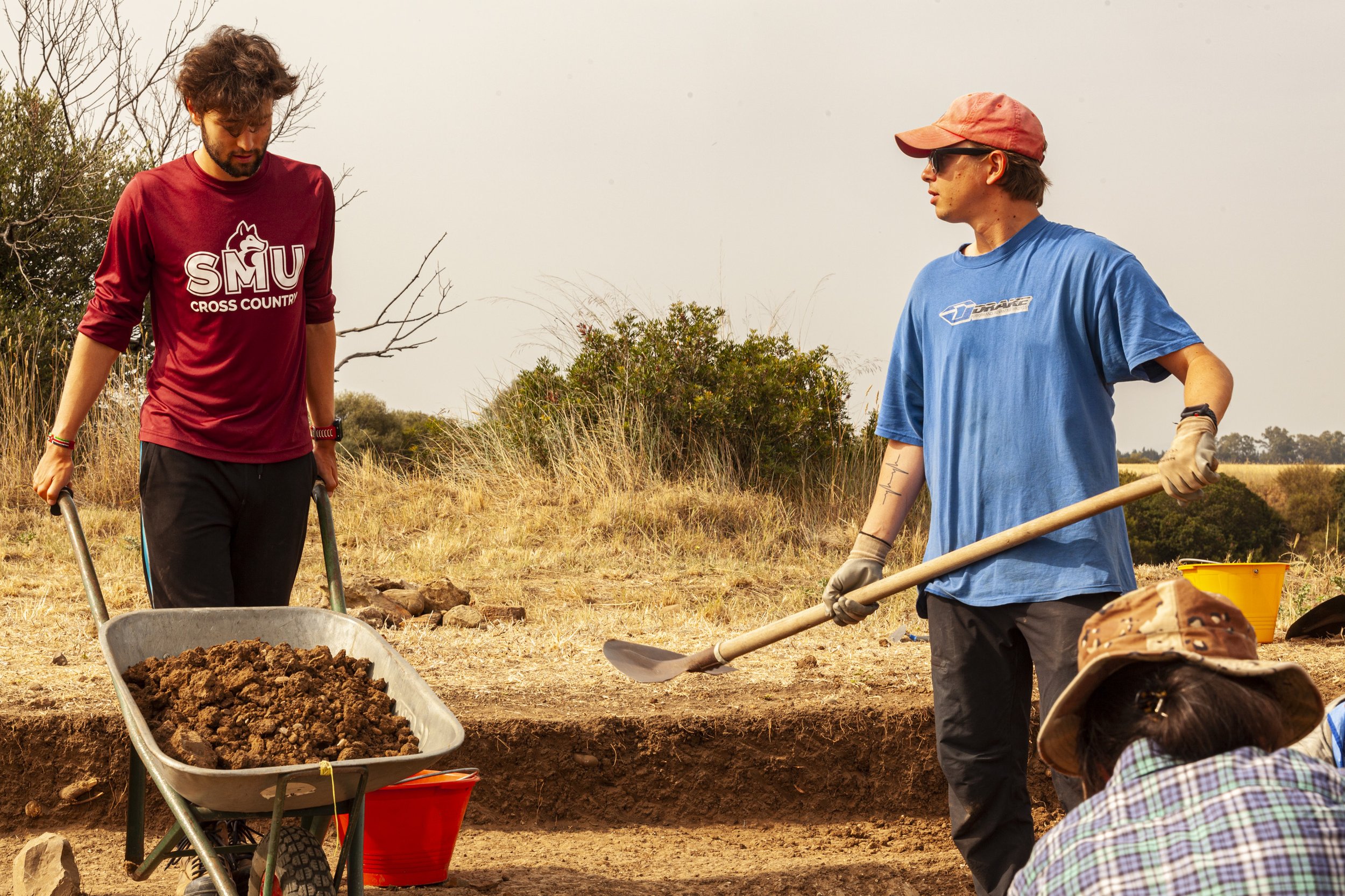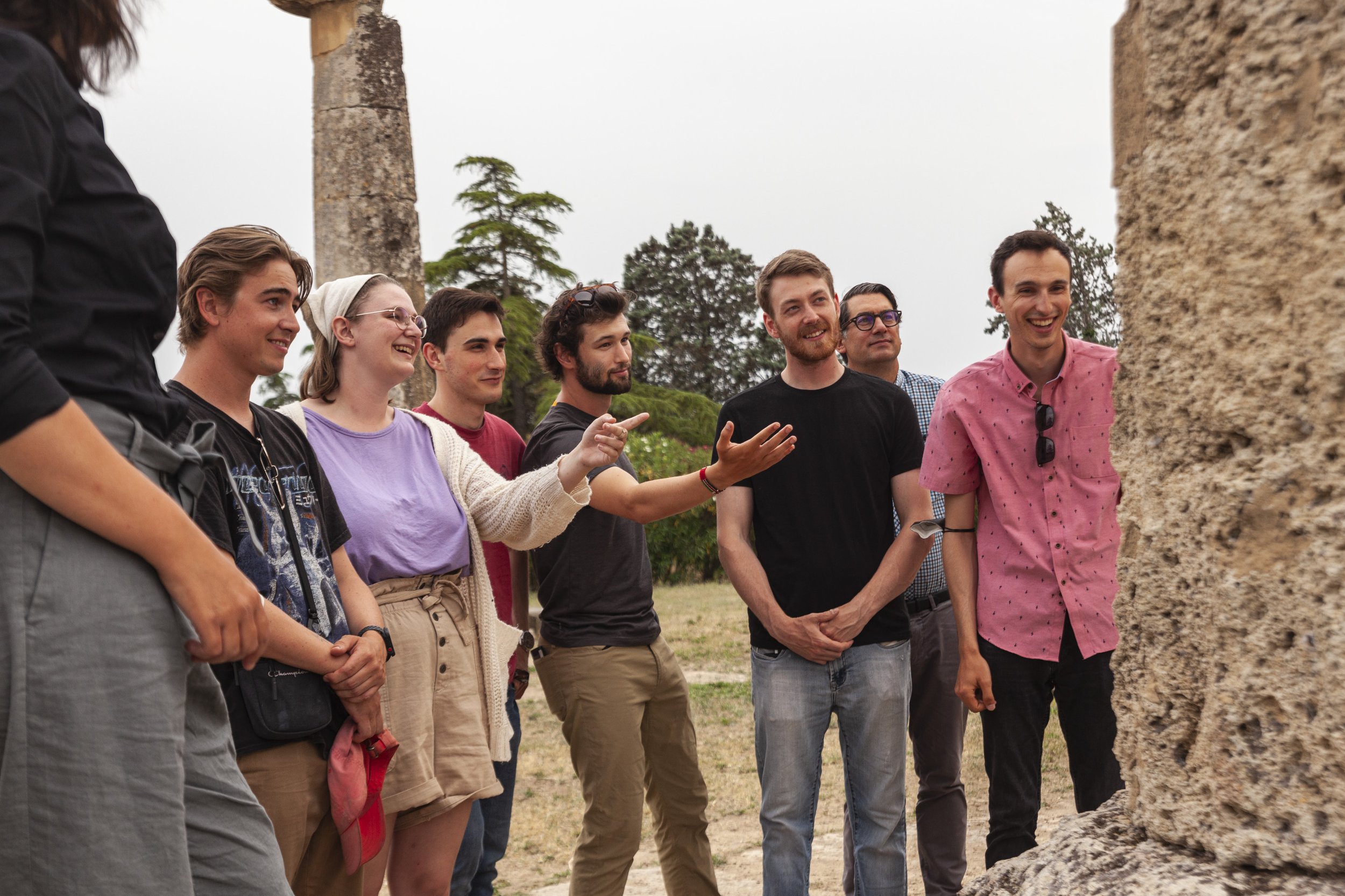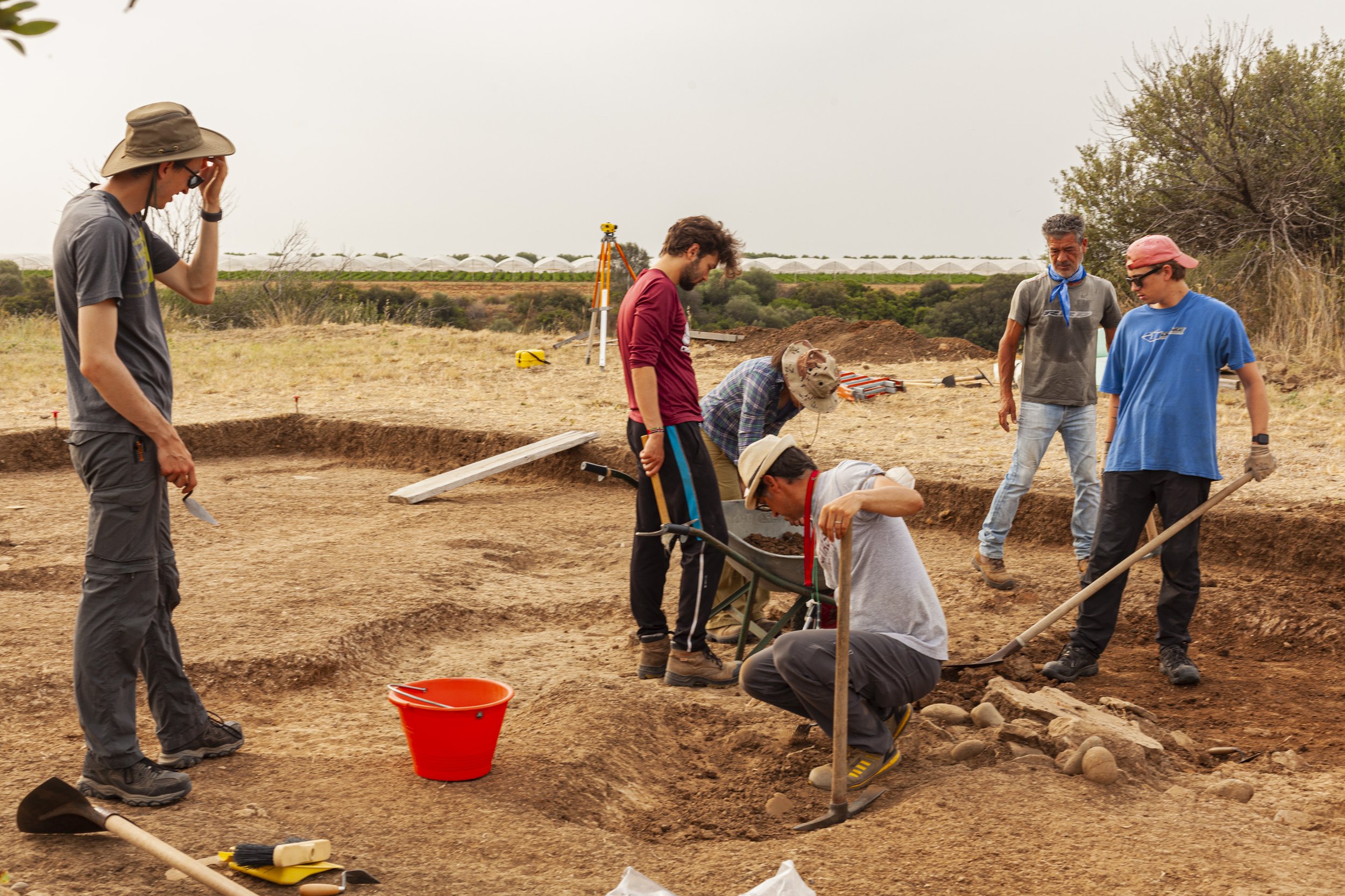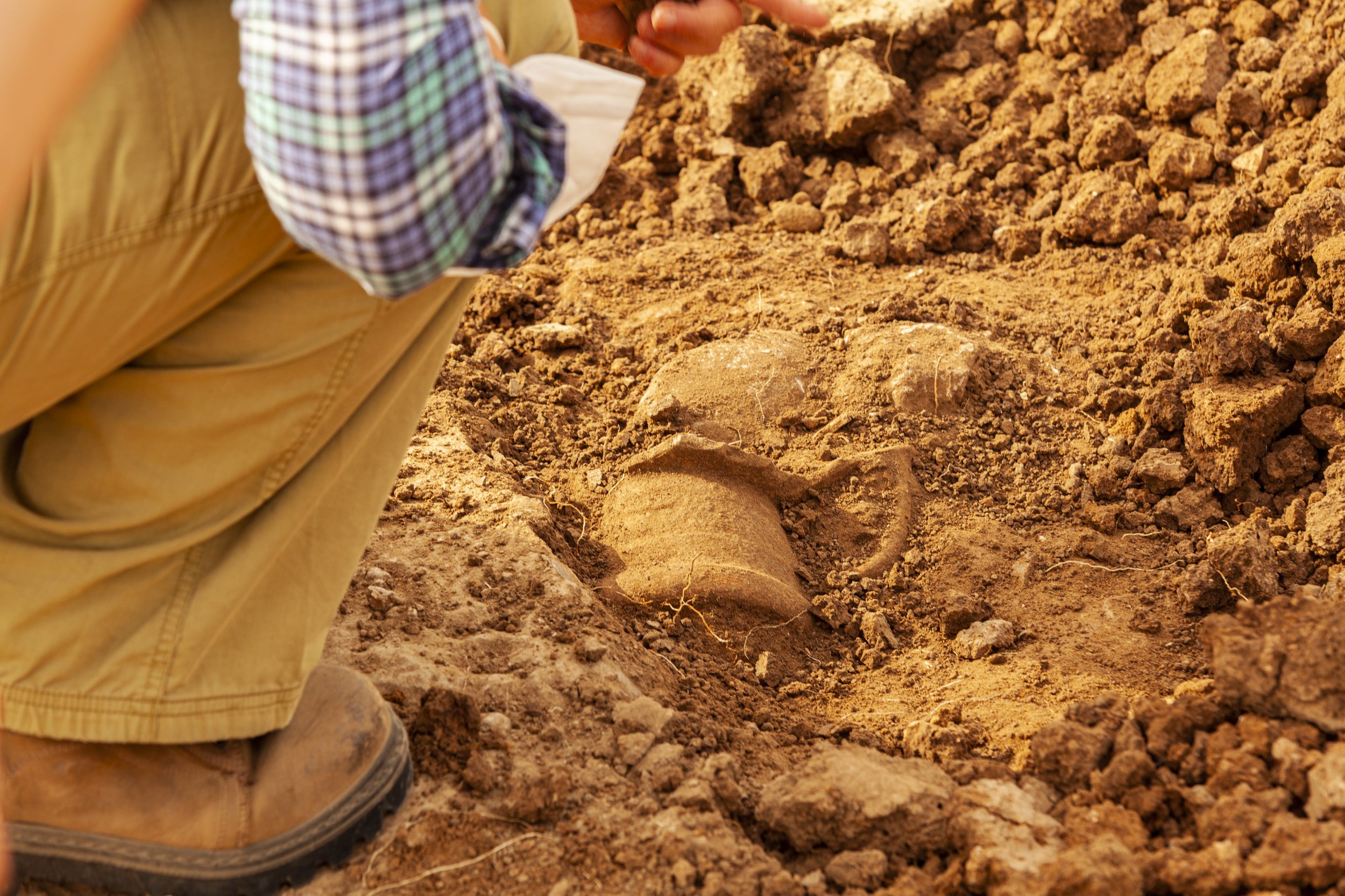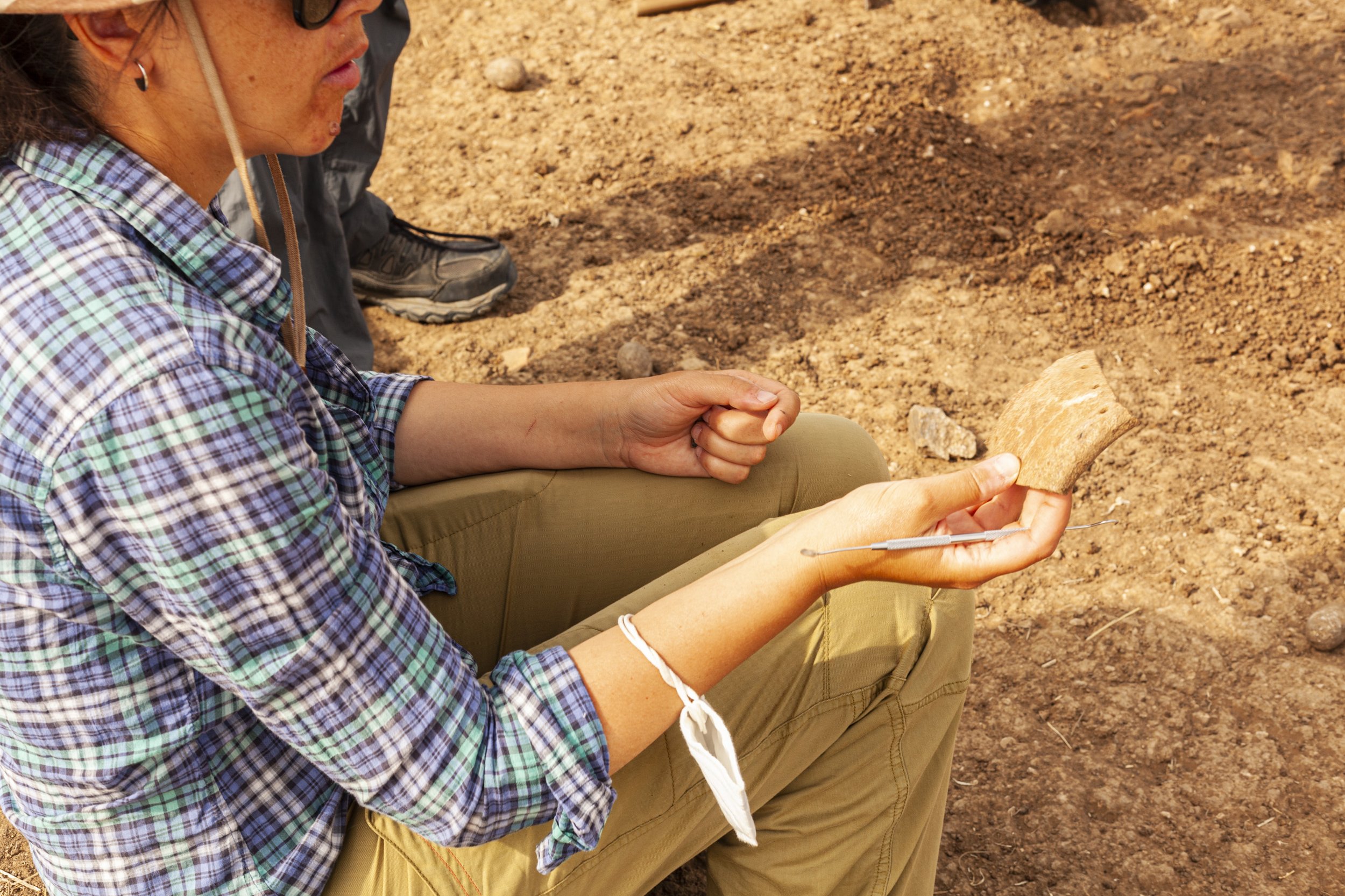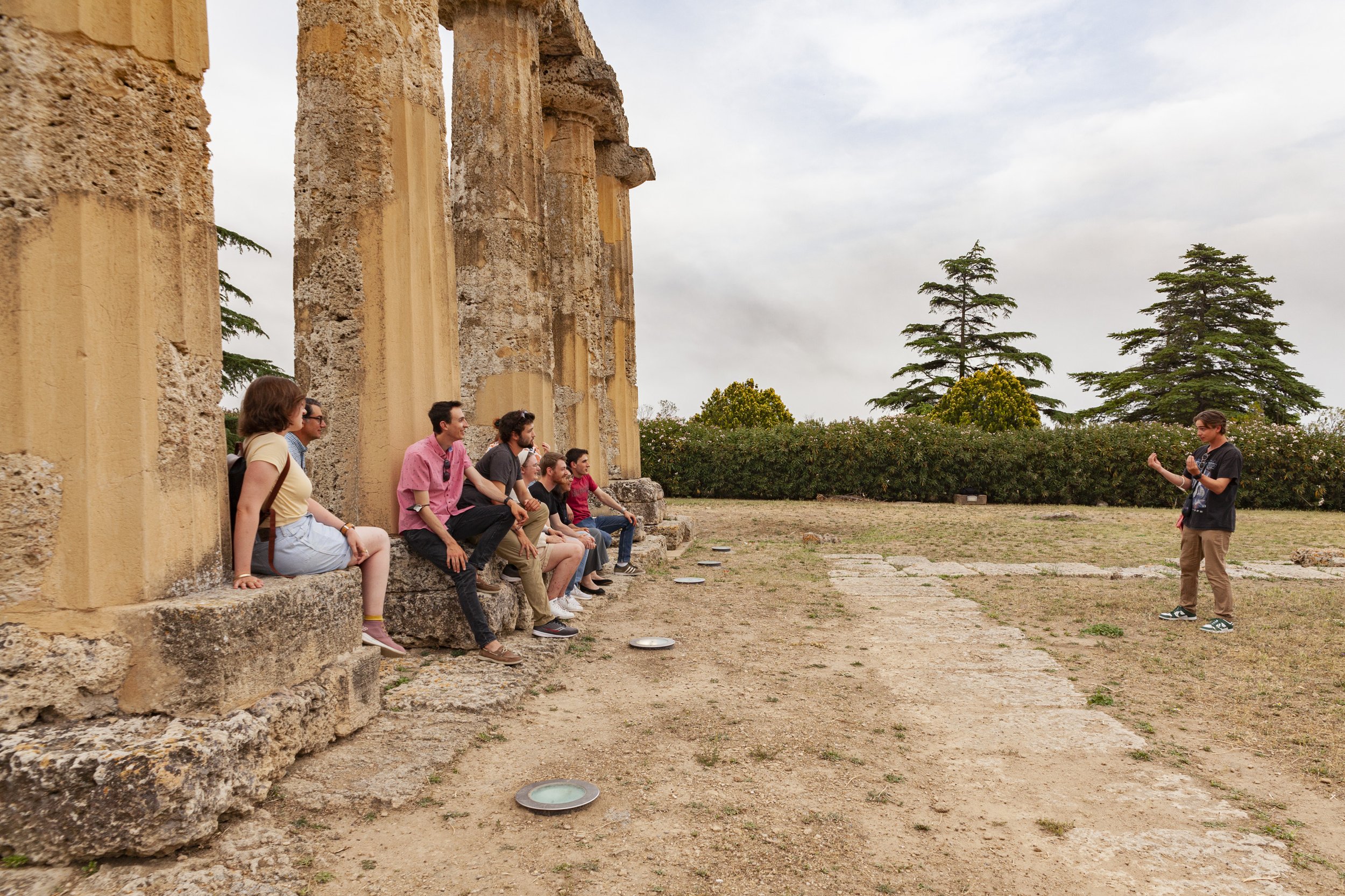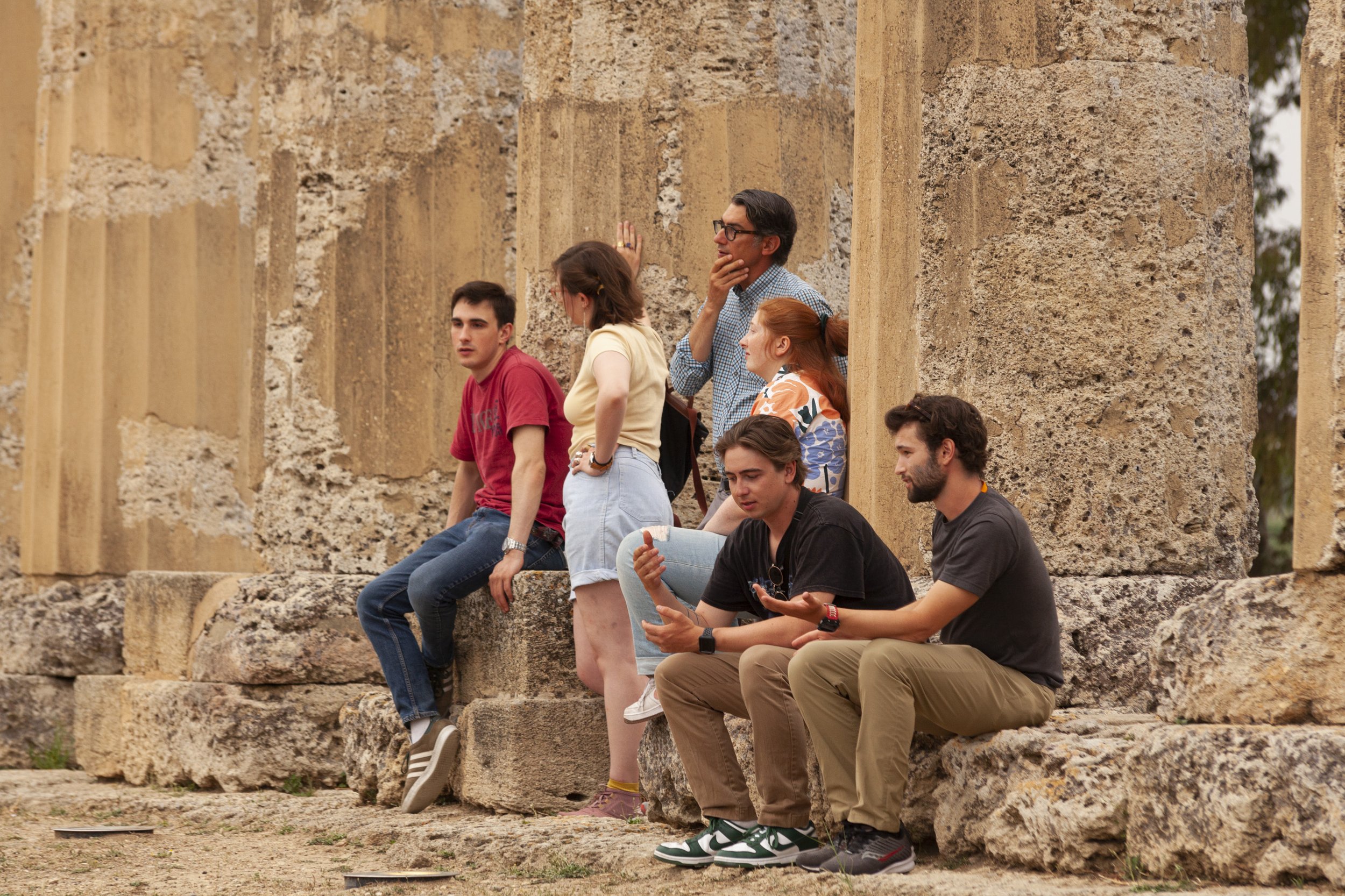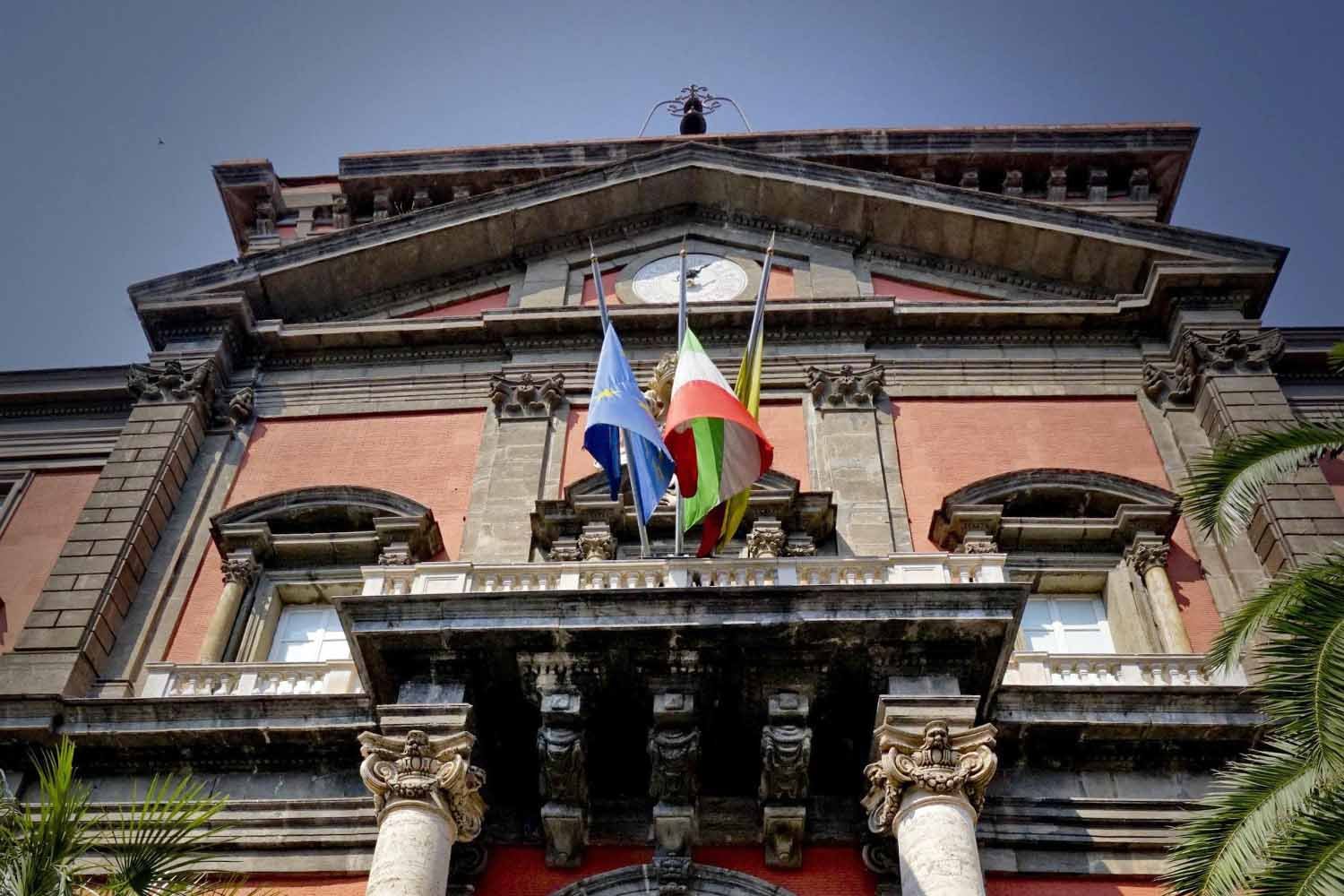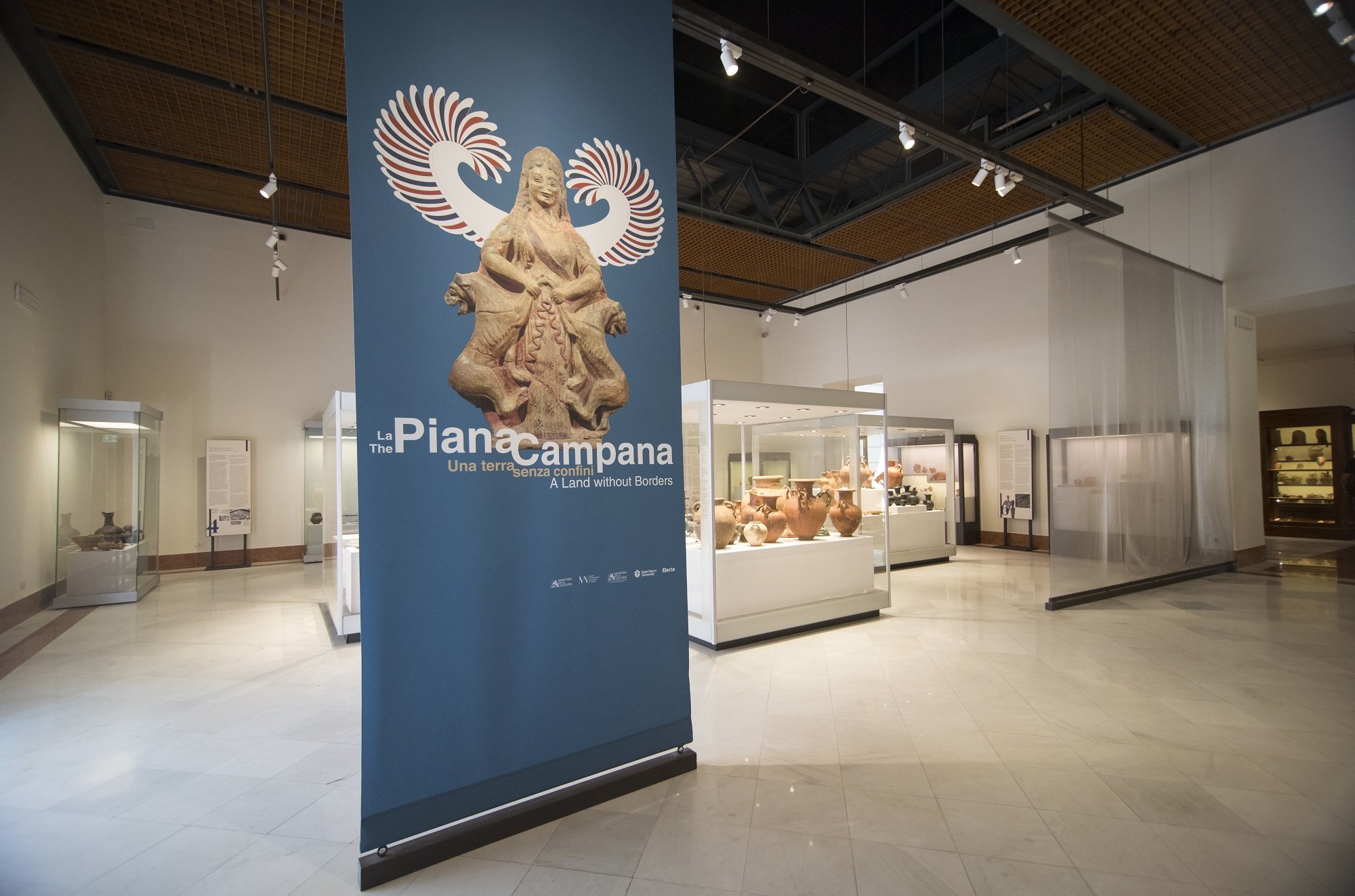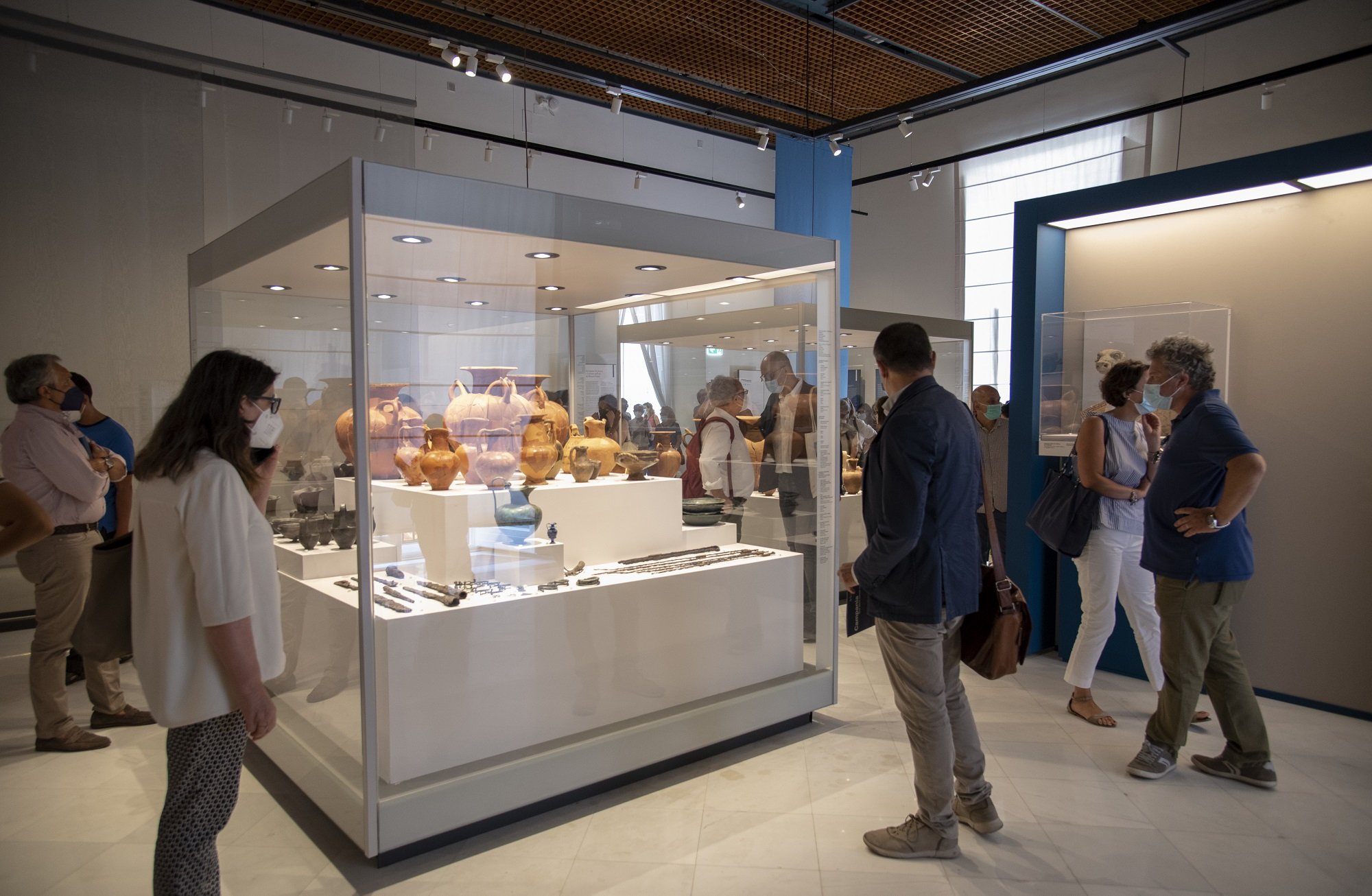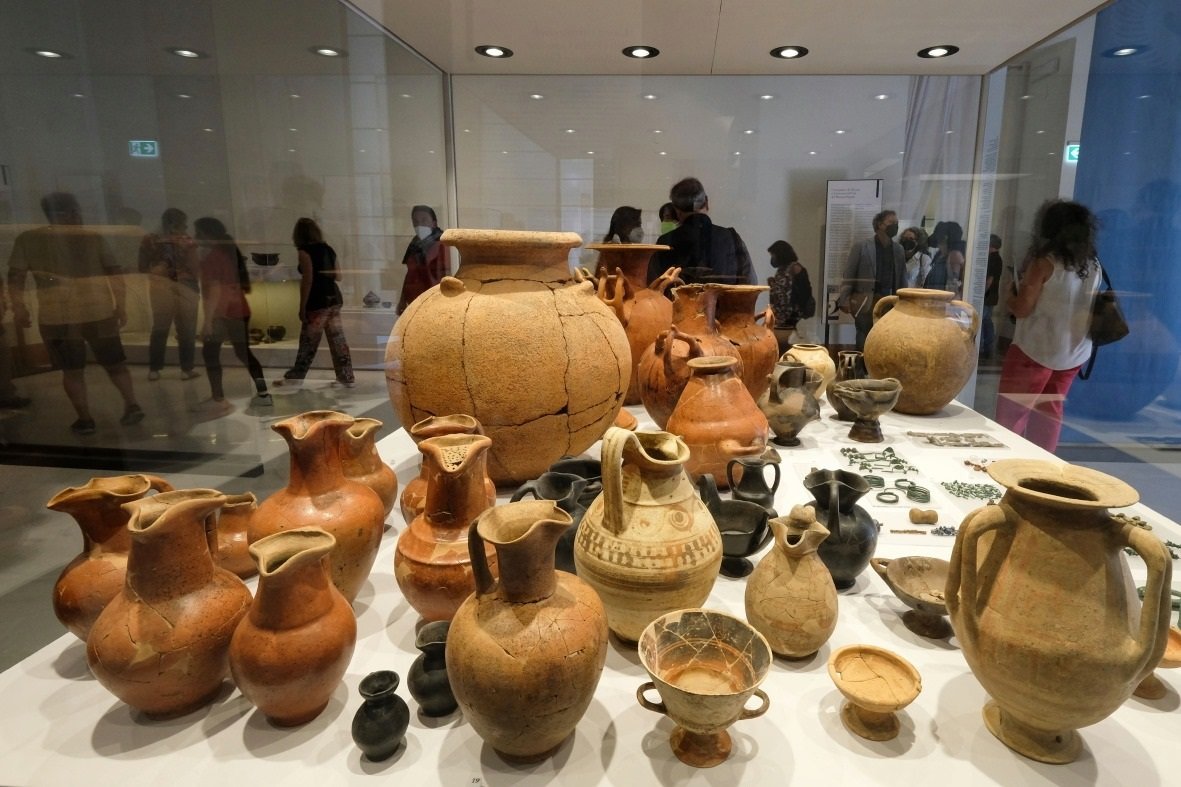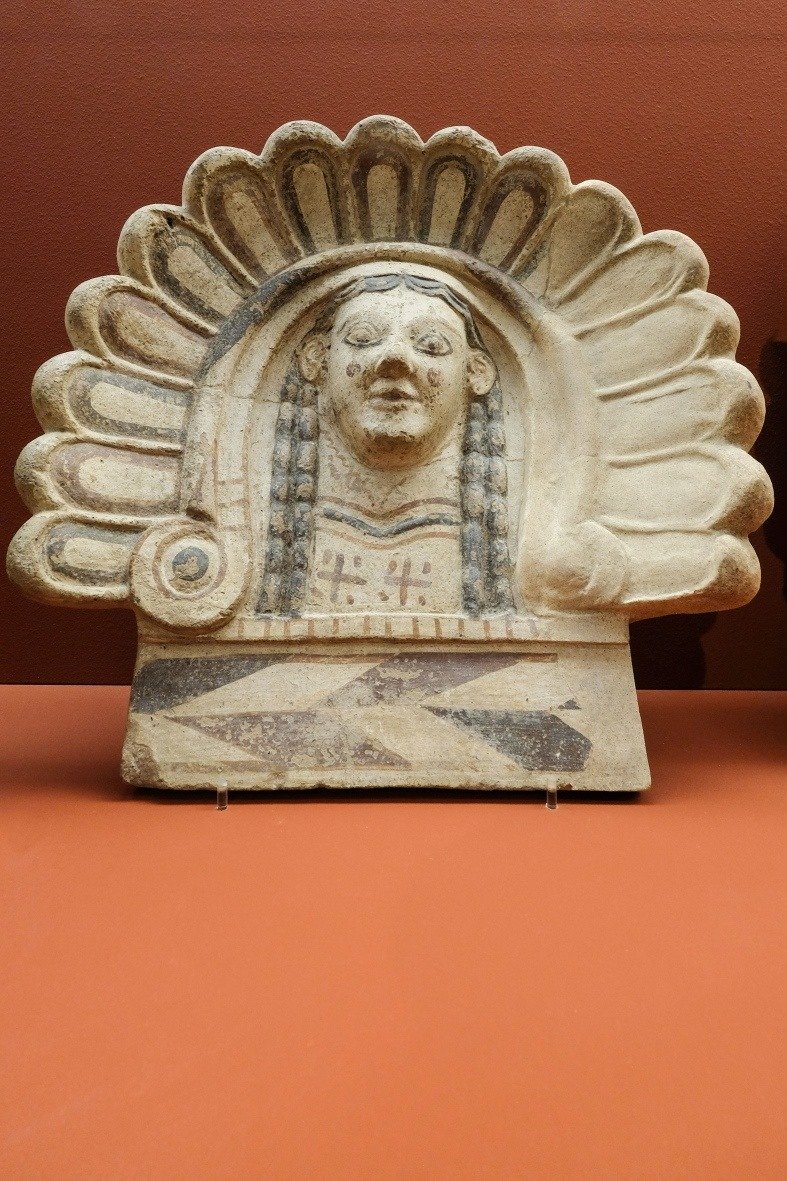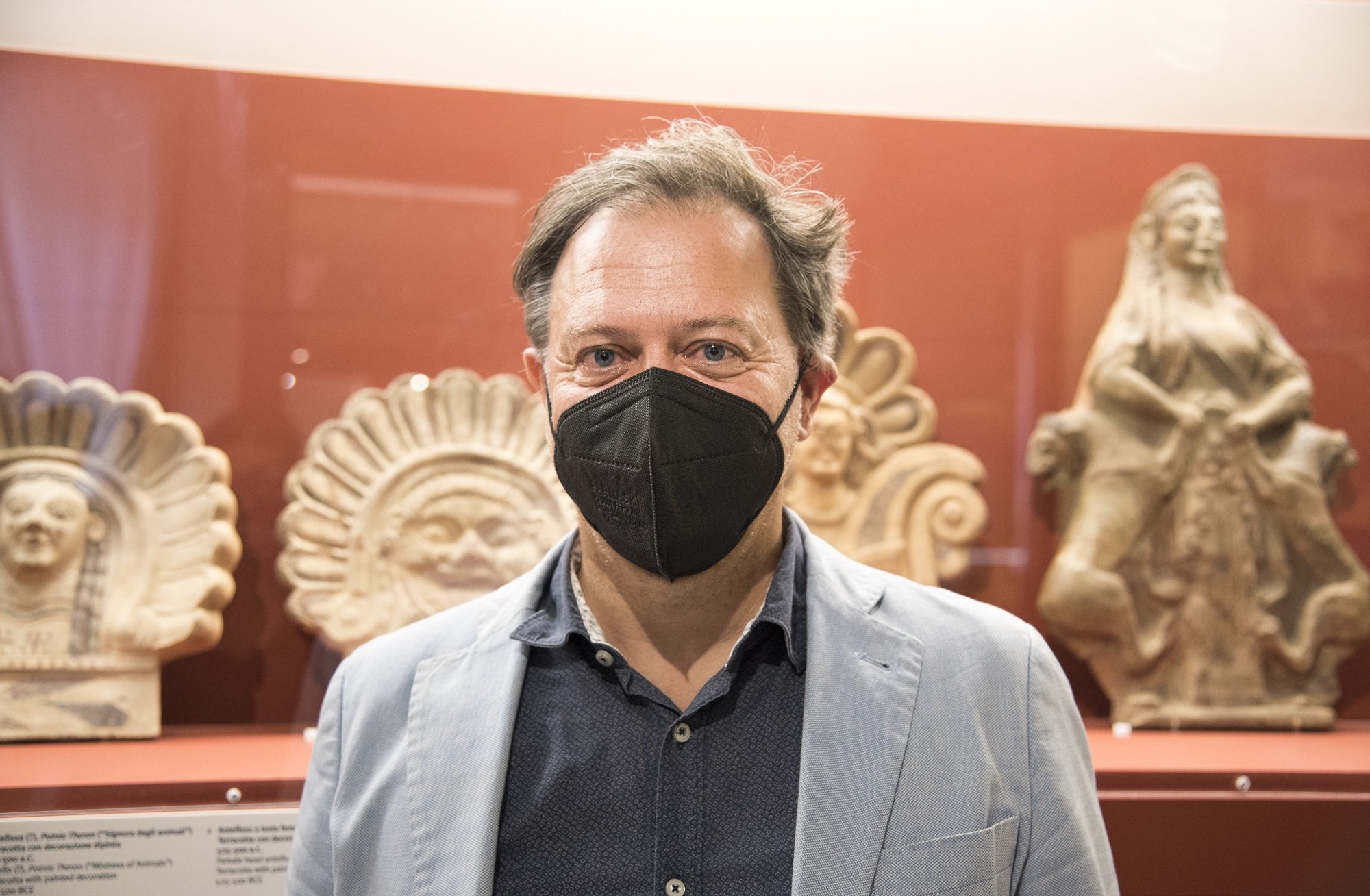Mehak Tekchandani
Mehak Tekchandani of New Delhi, India landed a terrific job in Toronto last summer, soon after finishing her studies at Saint Mary’s University. Just a week into her new post as an associate consultant with IBM Canada, she returned briefly to Halifax to be valedictorian at the fall graduation. Hurricane Fiona had other ideas and the ceremonies were postponed. Mehak is thrilled to be back on campus this week to graduate summa cum laude and receive her Bachelor of Arts degree in psychology, with a minor in economics and certificate in human resource management.
During her time at Saint Mary’s, Mehak excelled as a co-op student, and volunteered at the Language Centre and as vice-president for the Speak Up Society. She worked and lived on campus as a research assistant, teaching assistant, residence assistant and residence service officer. She capped off her final year representing Saint Mary’s at the National Model United Nations conference in New York, where the university’s team received a Distinguished Delegation Award last April.
Why did you choose to study at Saint Mary’s University?
To be honest, it was more about Saint Mary’s University choosing me. I was given the Presidential Scholarship, which was a big help for me in achieving my academic goals. It was also my first time staying away from my family and SMU had an amazing reputation for being international-friendly and located in the heart of Halifax, a perfect blend of a big city and small town. Looking back, I couldn’t have asked for anything better.
Do you have a favourite space on campus?
Definitely Tim Hortons! I will never forget the conversations that brewed at those white round tables.
How was your Model United Nations experience?
We met people from all over the world. It was fascinating to hear their thoughts and how one action has a different ripple effect all over the globe. I realized how big the world really is and how much there is to know and explore. If you are at SMU, I would highly encourage you to take this course! I’d also like to acknowledge those who made our trip possible: Dr. Robert Summerby-Murray, who helped us with the US visa process, and our amazing professor Dr. Marc Doucet, who was a constant support and a rock for our team of delegates.
Can you tell us a bit about your work with IBM Canada?
There’s a lot to learn and a lot to contribute. Young professionals like me are eager to make a mark in their chosen field but I think it’s important to take a seat back from time to time and truly understand how the system works. This helps make those contributions all the more meaningful. People are diverse, inclusive and incredibly encouraging. I am looking forward to what this journey has to offer.
What’s the inspiration behind your wonderful new blog?
The power of words is unimaginable and I love storytelling in all its forms. My blog “Predictable People” is a set of fictional stories of street vendors and others you pass by. How do people make bonds? How do people truly understand each other? How do we change a mindset? My hope is for readers to be a little more brave and a little more kind, for it could mean the world to so many. And it would mean the world to me, if you gave the blog a read 😂.
Do you have any advice for future students coming to Saint Mary’s?
Please get involved. Don’t be afraid to step out of your comfort zone. Remember to celebrate little victories along the way. University can be hard sometimes but there is always help; it’s just a matter of reaching out. Lastly, make friends and make meaningful memories. I am deeply thankful to my friends, who have been a constant support and made SMU feel like home away from home.
Watch Mehak’s valedictory speech on January 27 at 10 a.m. via the convocation live-stream.



